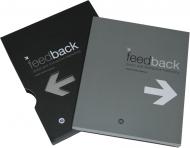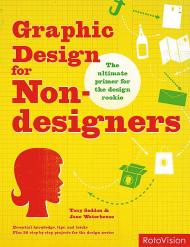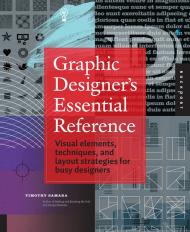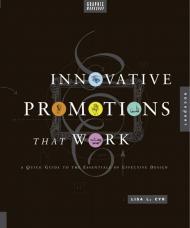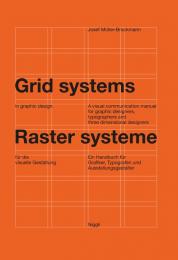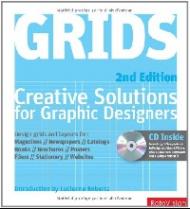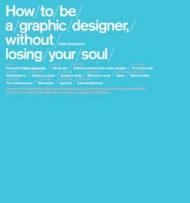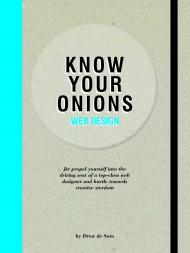Dyeing and Screen-Printing on Textiles is a clear, easy-to-follow guide for students as well as accomplished artists and designers who wish to expand their knowledge of a range of fascinating techniques. Joanna Kinnersly-Taylor covers all the key processes used in creating dyed and screen-printed fabrics using a range of synthetic dyes.
This comprehensive guide includes recipes for cloth preparation, dyeing and printing, fixation, designing a repeat, and preparing imagery and screens for exposure. Also included is advice on equipment needed for setting up a studio and safe working practice. The step-by-step instructions are accompanied by inspirational images of works by practitioners from around the world. This new edition of Dyeing and Screen-Printing on Textiles has been fully updated, and features brand new colour illustrations.
Издательства
- Rockport (13)
- Laurence King Publishing (7)
- Princeton Architectural Press (6)
- 3DTotal Publishing (4)
- SendPoints (2)
- Penguin Books (2)
- Workman Publishing (2)
- niggli Verlag (2)
- Hoaki (2)
- Bis Publishers (2)

